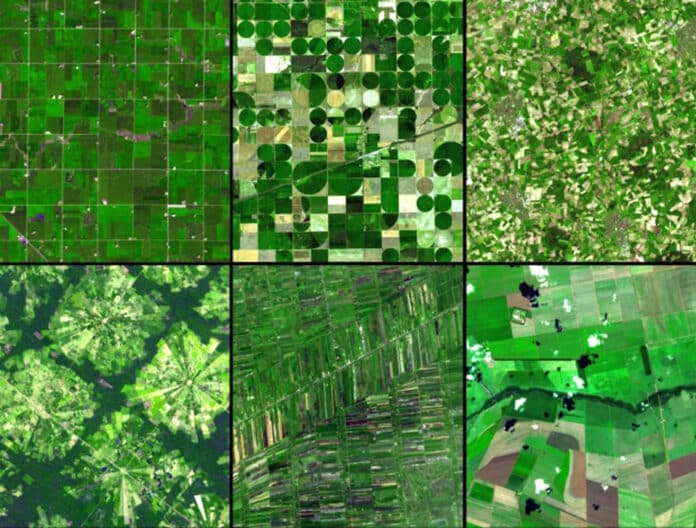Although irrigation only covers a small portion of the planet, it substantially impacts regional climates and landscapes. In some regions, it is already unsustainable or on the verge of being scarce. But because irrigation provides 40% of the world’s food, we need to understand the intricacies of its effects to gain from it while minimizing drawbacks.
The effects of irrigation on regional weather and environments are revealed in a new study by an international team of researchers, demonstrating when and where the practice is both unsustainable and advantageous. The study also highlights ways to improve assessments to achieve sustainable future water use and food production.
Irrigation accounts for roughly 70% of global freshwater extractions from lakes, rivers, and other sources. According to earlier calculations, the planet’s land is irrigated to a depth of more than 3.6 million square kilometers, or slightly under 1.4 million square miles.
The Indo-Gangetic Basin, which spans several South Asian countries, northeastern China, and the US High Plains states of Kansas and Nebraska, are among the areas that use irrigation the most extensively in the world. These areas also exhibit some of the strongest effects of irrigation on the climate and environment.
Scientists analyzed more than 200 previous studies, capturing both present-day effects and projected future impacts. They found:
- In addition to significantly lowering daytime temperatures, irrigation can change how carbon and nitrogen are stored and cycled in agroecosystems. Although this cooling can aid in coping with heat waves, irrigation water can also increase atmospheric humidity and lead to the emission of greenhouse gases, including potent methane from rice.
- The practice removes an estimated 2,700 cubic kilometers (almost 648 cubic miles) of freshwater per year, which is more water than Lake Erie and Lake Ontario combined can hold. In many places, this use has led to a decrease in water resources, especially groundwater. It has also increased the number of agricultural inputs like fertilizers that run off into water sources.
- Depending on the location, the time of year, and the dominant winds, irrigation may impact precipitation in some locations.
Scientists also proposed ways to improve irrigation modeling. These changes could lead to better ways to achieve sustainable water and food production.
These mainly focus on implementing more thorough model testing, as well as new and improved techniques for identifying and minimizing uncertainties related to both physical and chemical climate processes, as well as—notably—human decision-making. The latter could be accomplished when creating irrigation models with better collaboration and communication between scientists, water stakeholders, and decision-makers.
Sonali Shukla McDermid, an associate professor in NYU’s Department of Environmental Studies said, “Such assessments would allow scientists to more comprehensively investigate interactions between several, simultaneously changing conditions, such as regional climate change, biogeochemical cycling, water resource demand, food production, and farmer household livelihoods—now and in the future.”
Journal Reference:
- McDermid, S., Nocco, M., Lawston-Parker, P., et al. Irrigation in the Earth system. Nature Reviews Earth and Environment (2023). DOI: 10.1038/s43017-023-00438-5
